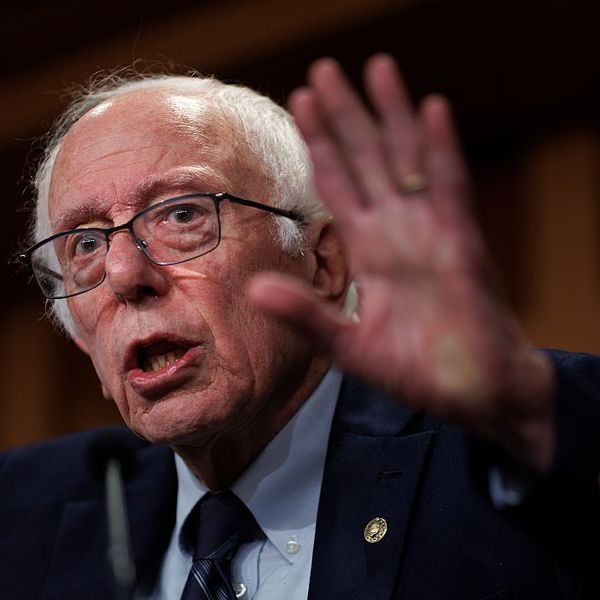When President Obama kicked off his health reform push, he highlighted our research finding that 2 million Americans suffer medical bankruptcy each year, promising to end this disgrace. Our latest figures warn that his reform won't stanch the flow of medical debtors.
The Affordable Care Act (ACA) passed by Congress in March 2010 was modeled after Massachusetts' 2006 health reform plan - a plan that's now been up and running for more than three years. So Massachusetts offers a preview of what to expect when the ACA is fully implemented in 2014.
Unfortunately, medical bankruptcies haven't dropped much - if at all - in Massachusetts. When we surveyed bankruptcy filers there in August 2009, 53 percent cited illness or medical bills as a cause of their bankruptcy, a percentage that's statistically indistinguishable from the 59 percent figure we found in early 2007. Indeed, because the total number of bankruptcies soared in 2009, the actual number of medical bankruptcies increased from 7,504 in 2007 to 10,093 in 2009.
Why are so many people still suffering medical bankruptcies despite Massachusetts' health reform? While only 4 percent of the state's residents remain uninsured, much of the new coverage is so skimpy that serious illness leaves families with crushing medical bills.
For instance, the cheapest (and most commonly purchased) coverage available to a 56-year-old Bostonian through the state's health insurance exchange costs $5,616. Yet, if you're sick the policy doesn't start paying bills until you've paid a $2,000 deductible. And even after that you're responsible for 20 percent of the next $15,000 in medical expenses.
Little wonder that many insured families hit by illness are pushed over the edge financially by the double whammy of lost income and medical bills; 89 percent of Massachusetts families who suffered medical bankruptcy had coverage.
The insurance required under the federal ACA is no better than Massachusetts' bare-bones plans. And as employers emulate this inadequate coverage, the race to the bottom leaves an increasing number of Americans UNDER-insured. Public workers are just the latest group to see their coverage downsized. What used to be called "health insurance" is now labeled "Cadillac coverage" - and reserved for those who drive Mercedes.
Because the ACA left private insurers in charge, it can't offer Americans real protection against financial disaster due to illness. Too much is squandered on insurers' overhead and the bloated bureaucracy they impose on patients, doctors and hospitals. Hence, even if reform works as planned, millions of families will continue to purchase private insurance in good faith, only to discover, too late, that it's a defective product - an umbrella that melts in a downpour.
And the administration is weakening the modest consumer protections the bill imposed on private plans. It's waived the minimum coverage standards for 1,040 plans covering 2.6 million Americans, including thousands of McDonald's workers whose insurance covers only $2,000 in medical expenses annually. (The worker pays a premium of $728 for this faux coverage.) Meanwhile, insurers in Maine have already been exempted from the ACA's paltry requirement that they spend at least 80 percent of premiums on medical care, with eight more states in line for similar exemptions.
While the ACA can't live up to its "affordable care" moniker, a single-payer reform could save $400 billion annually on administrative costs, enough to offer every American first-dollar, comprehensive coverage. While U.S. insurers fight tooth and nail against the 20 percent limit on overhead, Canada's single-payer program runs for 1 percent. (U.S. Medicare's overhead is 3 percent.) Bureaucratic savings are a key reason why Canada can cover everyone and provide care at least as good as that received by insured Americans, while spending half as much per capita as we do.
We've lectured at seminars attended by hundreds of U.S. bankruptcy judges, where our medical bankruptcy findings are greeted by nods of recognition and an avalanche of heart-wrenching anecdotes confirming our statistical findings. The reaction was quite different at a bankruptcy seminar in Toronto early this year. None of the Canadian judges in the room could recall a single case.


